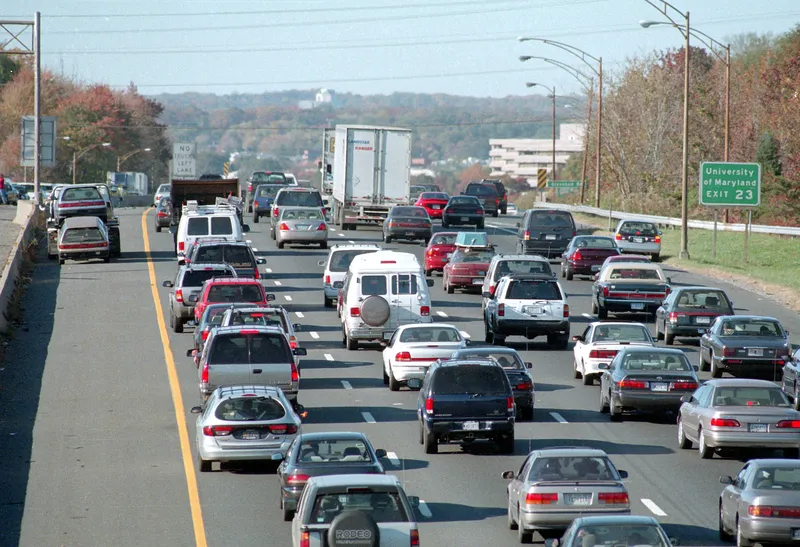The Norwegian Public Roads Administration (NPRA) has announced its intention to award Q-Free an order for the extension of the ongoing contract for operation of Norway’s central toll collection system.
The contract is valued at around US$20 million (NOK 170 million) over three years.
March 30, 2016
Read time: 1 min
The Norwegian Public Roads Administration (NPRA) has announced its intention to award 108 Q-Free an order for the extension of the ongoing contract for operation of Norway’s central toll collection system.
The contract is valued at around US$20 million (NOK 170 million) over three years.
The contract is valued at around US$20 million (NOK 170 million) over three years.







